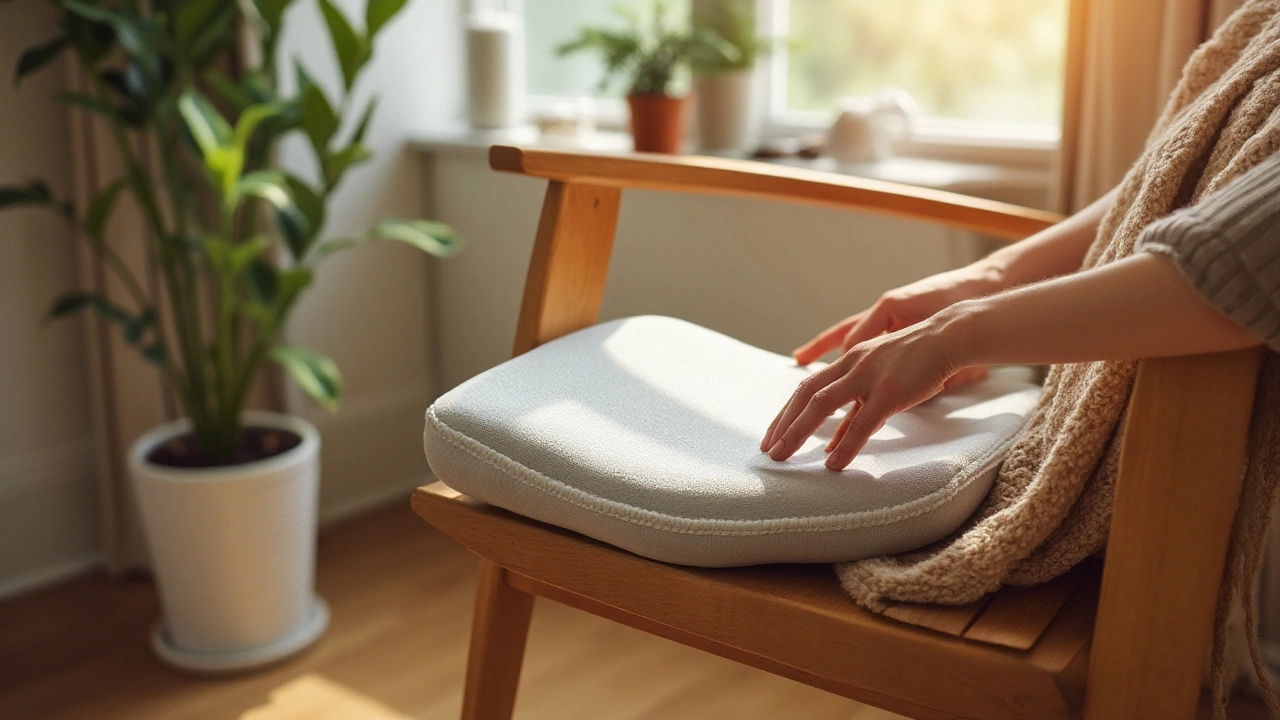Pain Relief Ideas for a Healthier Home
If you wake up with a sore back or feel tight after a long day on the couch, the fix might be closer than you think. Small changes to the places you sleep, sit, and move can cut pain without pricey pills or endless doctor visits.
Adjustable Beds: Sleep Better, Hurt Less
Doctors agree that a good night’s sleep is a cornerstone of pain management. An adjustable bed lets you raise the head or foot to a position that supports your spine. Raising the head a few inches can reduce pressure on the lower back, while elevating the feet helps with circulation and swelling.
Most modern models are easy to set up and work with any mattress. Look for a sturdy frame, quiet motors, and a remote that lets you fine‑tune the angle. If you share the bed, choose a unit with dual controls so each person can find their sweet spot.
When you first try an adjustable bed, start with a gentle incline—about 10 degrees for the head—then adjust in small steps. Pay attention to how your shoulders, hips, and neck feel after a few nights. The goal is a relaxed posture, not a rigid stance.
Everyday Home Tweaks to Ease Pain
Beyond the bedroom, the living room can be a pain‑free zone with a few thoughtful choices. Sofas that are too deep make it hard to get up, while those that are too shallow offer little support. Aim for a seat depth of 20‑22 inches; you should be able to sit with your back against the backrest and your feet flat on the floor.
Adding a few firm cushions can fill gaps and keep your hips level. Choose cushions with a supportive fill—like high‑density foam—rather than feather‑light down, which flattens quickly. A well‑placed lumbar pillow can also keep the lower back aligned while you binge‑watch your favorite series.
Rugs shouldn’t be an afterthought either. Slip‑resistant rugs reduce the risk of falls, especially if you have joint pain. Look for low‑pile, washable options that are easy to move when you need to clean under them.
Curtains that scrape the floor can pull on your legs when you sit or stretch. A small gap—about two inches—keeps the fabric from catching and makes cleaning simpler. This tiny adjustment can save you from an unexpected tug that strains the back.
Good lighting also matters. Harsh glare forces you to squint, which tenses neck muscles. Soft, diffused lighting from floor lamps or dimmable fixtures lets you relax your eyes and shoulders.
Finally, remember to move regularly. Even the comfiest sofa can become a pain magnet if you stay seated for hours. Stand up, stretch, or walk around every 30 minutes. A quick stretch—reaching for the ceiling, rolling the shoulders—keeps blood flowing and muscles loose.
By mixing an adjustable bed with mindful furniture choices and a bit of daily movement, you can turn your home into a low‑pain sanctuary. Start with one change, feel the difference, then add another. Your body will thank you.

Exploring the Efficacy of Sciatica Relief Cushions
Sciatica is a common issue that causes discomfort in millions of people worldwide. Many look for relief through various methods, including specialized cushions designed to alleviate pain. This article explores whether these cushions effectively provide the much-needed comfort and support for sciatica sufferers, along with tips on selecting the right cushion for individual needs.
Categories
- Storage (27)
- Bathroom (18)
- Sofas (15)
- Curtains (15)
- Home Decor (12)
- Bedding (11)
- Kitchenware (11)
- Cushions (11)
- Mirrors (10)
- Rugs (9)
Popular Articles



